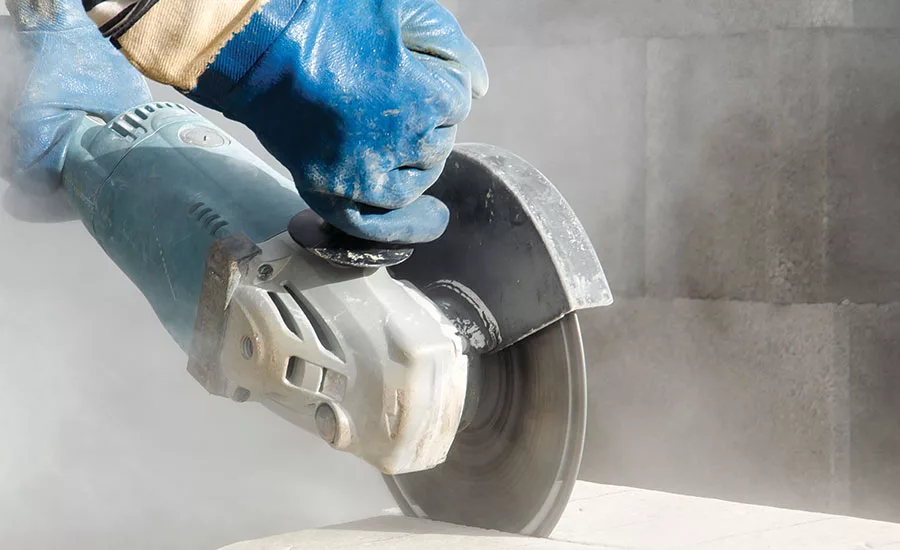OSHA Requests Information on Table 1 of the Silica Standard for Construction

WASHINGTON, D.C. — The U.S. Department of Labor’s Occupational Safety and Health Administration (OSHA) is seeking information on how to reduce workers to the exposure of crystalline silica.
OSHA is requesting information on additional engineering and work practice control methods to effectively limit exposure to silica for the equipment and tasks currently listed in the agency’s Respirable Crystalline Silica Standard for Construction.
The agency is also requesting information about other construction equipment and tasks that generate silica that it should consider adding to Table 1, along with information about their associated engineering and work practice control methods.
In addition, OSHA is seeking comments about whether to revise paragraph (a)(3) of the Respirable Crystalline Silica Standard for General Industry to broaden the circumstances under which general industry and maritime employers would be permitted to comply with Table 1 of the silica standard for construction.
According to OSHA, crystalline silica is a basic component of soil, sand, granite and other minerals, including quartz. It becomes inhalable particles when workers cut, chip, drill or grind objects that contain crystalline silica. When the dust enters the lungs, it causes the formation of scar tissue and reduces the lungs’ ability to take in oxygen. There is currently no cure for silicosis, which can be disabling or even fatal.
Information submitted will allow OSHA to consider new developments and enhanced control methods for equipment that generates exposures to silica, and provide additional data on exposures to silica from equipment and tasks using a variety of control methods under different workplace conditions. Expanding Table 1 to include additional engineering and work practice control methods, equipment, and tasks could provide employers with more flexibility and reduce regulatory burdens while maintaining protections for employees.
If information submitted in response to this request indicates that revisions to the silica standards are needed, the agency will then publish the proposed revisions in the Federal Register for public comment.
Comments must be submitted by Oct. 14, 2019. Comments and materials may be submitted electronically at http://www.regulations.gov, the Federal e-Rulemaking Portal, or by facsimile or mail. See the Federal Register notice for submission details.
Looking for a reprint of this article?
From high-res PDFs to custom plaques, order your copy today!






